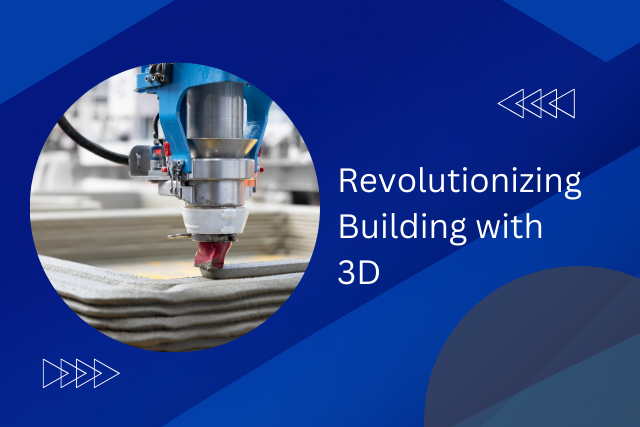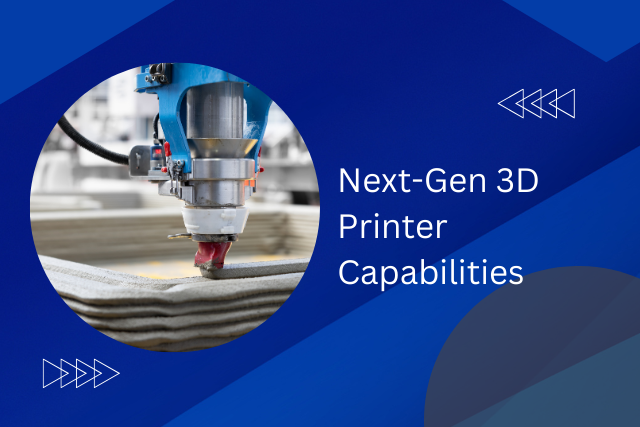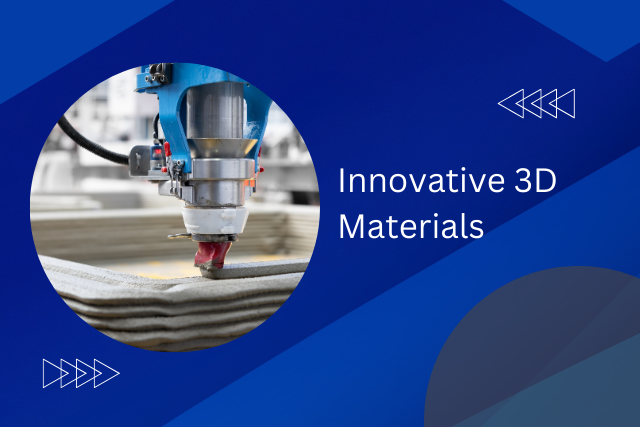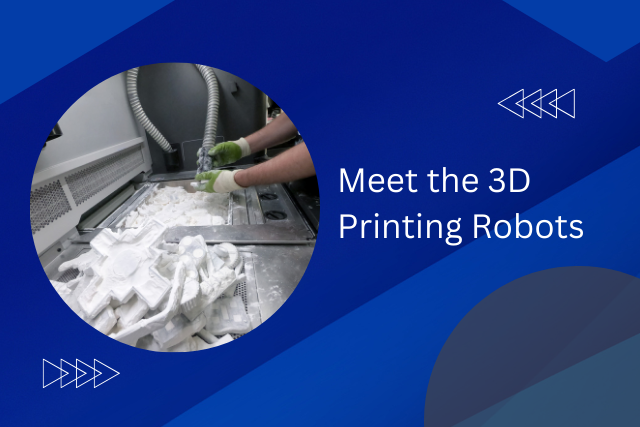After natural disasters or crises, people urgently need quick and long-lasting homes. 3D home printing is a new way of building homes that might change how we help people in these bad times. This method is fast, saves money, and works well, offering a bit of hope when things look bleak. But, as we think about using this technology for emergency housing, we have to ask if it’s practical, can be done on a large scale, and what its effect on the environment is. Looking into 3D home printing, we should see if it can not only give people a place to stay right away but also help build stronger communities for the future.
The Urgency for Rapid Housing
After disasters hit, there’s a big need for quick and safe places for people to live. This is why 3D home printing is becoming really important for helping out fast. Lots of people, sometimes in the millions, need a place to stay right away. The usual way of building houses takes a lot of time and materials, which means people have to wait longer for a home.
Using 3D home printing for emergencies is changing the way we help people who need houses quickly. This technology is fast, accurate, and doesn’t cost as much, which means we can get homes built much faster than before. This helps people move from temporary shelters to their own homes quicker, making things feel more normal again after a disaster.
Understanding 3D Home Printing
3D home printing represents a transformative approach in the construction sector, utilizing advanced technology to fabricate homes rapidly and efficiently. This innovative method offers significant advantages for disaster and crisis response housing, including speedier deployment and reduced costs. By exploring the technology behind 3D printing and its benefits for rapid deployment, we can better understand its potential to revolutionize emergency housing solutions.
Technology Behind 3D Printing
Exploring the heart of 3D home printing shows us a smart mix of digital design and building technology. This mix is starting a new chapter in making homes quickly and without spending too much money, especially for places hit by disasters. At the start, this technology uses computer-aided design (CAD) to make detailed architectural models. Then, these models come to life by adding building materials layer by layer, using a robotic arm or printer. This method can use different materials, like concrete or bio-based composites, giving lots of choices in design and how the final product works. Because it’s all digital, this technology can make changes fast and make special designs for different needs easily, all while keeping the homes strong and lasting.
Benefits for Rapid Deployment
Looking into how 3D home printing works shows us it could really change how we quickly build houses in areas hit by disasters or crises. This new method can make strong, affordable homes very fast. Instead of taking weeks or months, it can take just hours. By using digital designs and materials that are usually found nearby, 3D printing can make living spaces quickly, helping people right away and giving them a stable place to live. This technology is also good at working in different places and with different amounts of resources, which is a big step forward in helping people in need. This way of building homes gives people the power to rebuild their lives with respect, offering a light of hope when things are tough. This change in how we build houses shows us a future where we can make homes fast and efficiently.
Advantages of 3D Printed Homes
3D printed homes are changing the building world because they save a lot of time and money, and let people design homes in new and exciting ways. This smart way of building uses less material and work, making it faster to build houses. With 3D printing, houses can look different and meet the needs of the environment and the people living in them, making it a better choice for the planet.
Also, 3D printed homes give designers and architects the chance to try out new shapes and add special features that make houses stronger, save energy, and more comfortable to live in. Before, these ideas weren’t possible with old building methods. This change allows for more unique and personal house designs, which is something many people want.
Another big plus is how 3D printing can help quickly build houses for people who need them, like after a disaster. This can be a big help in fixing housing problems fast. By making it possible to build houses quickly right where they are needed, 3D printing can help communities recover and grow stronger after tough times.
In short, 3D printed homes are leading the way in making building better, offering new design possibilities, and helping solve housing issues quickly. This technology is a big step forward in making better homes and communities.
Deployment Challenges
3D printed homes have many good points, but there are some big challenges we need to solve to use them better for housing after disasters. First, these homes need a strong setup to work. We need stable power to run the 3D printing machines, and this might be hard to find in places hit by disasters or in far-off areas. A good idea could be to use portable and renewable energy sources, so we can make these homes almost anywhere.
Another problem is with the rules and regulations for building. Different places have different rules, and many don’t yet fit with how 3D printed homes are made. We need people who make these homes and those who make the rules to talk more. This way, we can make sure these homes are safe but also keep improving the technology.
We also can’t forget about training. People need to learn how to use the 3D printing machines properly. Teaching local people can help a lot. It makes it easier to build these homes and makes sure they last.
To fix these challenges, everyone needs to work together – those who make policies, those who know technology, and local communities. If we do this, we can make the most out of 3D printed homes for quick, good, and lasting housing solutions after disasters.
Cost Analysis
Evaluating the economic viability of 3D home printing for disaster and crisis response is pivotal in understanding its potential to revolutionize housing solutions. A thorough cost analysis reveals significant financial implications, offering a promising comparison with traditional construction methods. This assessment not only underscores the efficiency of 3D printing in reducing expenses but also highlights its role in accelerating housing availability in urgent situations.
Financial Implications
Looking at the costs of using 3D home printing for emergency housing after disasters, a deep look into the costs shows big chances to save money and help people faster. 3D printing makes building houses cheaper because it cuts down on how much we pay workers and reduces waste. Also, using materials from the area helps lower costs even more, making it easier to provide homes quickly when bad things happen. This method not only helps communities by offering fast and affordable homes but also builds a sense of strong spirit and self-help. The money-saving benefits of 3D home printing make it a powerful option for dealing with the challenges after disasters, giving hope and help to those in need by making sure they have a place to live quickly and without spending too much.
Comparison With Traditional Methods
When we compare the costs of 3D home printing for emergency housing with the usual way of building houses, we see a big difference in how much money it saves. The old way of building houses costs a lot because it needs a lot of people to work and uses materials that are expensive. However, 3D printing makes things cheaper by using machines to do the work and materials that don’t cost as much, which can often be found nearby. This new method makes building houses faster and much less expensive, which is great for helping people quickly in disasters or emergencies. This comparison shows that 3D home printing is a much better choice for saving money than traditional ways of building houses.
Speed of Construction
One of the biggest benefits of 3D home printing technology, especially when there are disasters or crises, is how fast it can build homes. Traditional ways of building take weeks or months to finish a house. But, 3D printing changes that completely. It can reduce the building time to just days or even hours, depending on how big or complex the house is. This quick building is very important when people need shelter fast to stay safe and reduce the bad effects of losing their homes.
The reason 3D home printing is so fast is because it makes houses in a very efficient way. It puts materials down layer by layer following a detailed digital plan, which skips a lot of the slow steps in normal building methods. There’s no waiting for parts to be put together or for materials to dry. This not only makes building faster but also more flexible, allowing changes to be made easily if needed.
In situations of disaster and crisis, being able to quickly provide strong, safe homes is a huge advantage. 3D home printing technology, with its ability to be used fast, is a powerful help for those responding to these situations. It gives hope and strength during tough times.
Sustainability Considerations
3D home printing is a quick way to build homes and it’s really good for the environment. It’s a better choice for making emergency houses because it doesn’t waste a lot of materials. This printing uses just the right amount of stuff needed to build a house, so there’s hardly any waste. This means it doesn’t use up too much stuff and doesn’t harm the environment as much as old ways of building houses.
Also, 3D printing can use stuff that’s been recycled, making it even better for the planet. It takes things that would have been thrown away and turns them into materials for building houses. This helps us use things more wisely and be kinder to the Earth. Everyone’s trying to be more careful about how we use our resources and 3D printing helps with that.
When it comes to energy, making a house with 3D printing uses less power than traditional methods. The technology helps make houses that use sunlight and air flow well, which can save money on energy bills later on. This is not only good for the Earth but also helps people save money. So, 3D printed homes are a great choice for living in a way that’s good for the planet and our wallets.
Real-World Applications
Transitioning from the theoretical benefits of 3D home printing, we now explore its real-world applications in disaster and crisis response scenarios. The technology’s rapid deployment capabilities enable swift construction of housing, providing immediate relief to affected communities. Furthermore, its cost-effective solutions and minimal environmental impact underscore the practicality and sustainability of 3D printed homes in urgent situations.
Rapid Deployment Capabilities
The 3D home printing technology has changed how we help people in areas hit by disasters by making it faster to provide homes. This technology allows teams to build strong, livable homes quickly right where they are needed. This cuts down the time it usually takes to build houses the old way. This new method speeds up getting shelters to those who really need them and shows how communities can quickly move from picking up the pieces to rebuilding their lives. With 3D home printing, people affected by disasters can quickly get back on their feet, making a future without long waits to find a new home a real thing.
Cost-Effective Solutions
3D home printing technology is a cost-effective way to help governments and organizations provide housing quickly after disasters. This technology uses special materials and smart design methods to build houses cheaper than old ways of building. It can make many houses that meet the different needs of people who have lost their homes, making sure money is spent wisely. Because it costs less for workers and materials, and houses can be built fast, this technology is a practical solution to quickly give homes to people who need them, helping communities recover faster and making them stronger.
Environmental Impact Considerations
When we look at how 3D home printing affects the environment, it’s clear that it can really help make building homes better for our planet. This smart way of making houses cuts down a lot on waste and can help lower harmful gases that warm our planet, fitting well with goals to take care of our world. With 3D home printing, we use materials very carefully, making sure nothing is wasted. We can even use recycled stuff to make new homes, which is great for the environment. Since 3D printing is so exact, it doesn’t use as much energy, which means building houses this way doesn’t add as much to the problem of climate change.
Future Potential
Exploring what 3D home printing can do in the future shows us how it can change the way we help people after disasters. This cool technology can make building houses fast, cheap, and just the way we need them for people who lost their homes. It can really make a big difference in helping people get back on their feet more quickly and comfortably.
| Feature | Benefit | Impact |
|---|---|---|
| Speed | Builds homes quickly | People can have homes again sooner after a disaster. |
| Cost-Effectiveness | Saves money on materials and paying workers | Makes it easier for more people to get the help they need. |
| Customization | Makes homes fit what people need | People can feel more comfortable in their new homes. |
| Sustainability | Uses materials that are good for the planet | Helps take care of the Earth while building homes. |
Using 3D printing to build homes after disasters is a big change. It means we can help people faster, in a way that’s better for the planet, and make sure the new homes are just right for them. This technology gives us hope and shows us a new way to help people in tough times.
Overcoming Obstacles
3D home printing has a lot of potential to help in disasters, but there are big challenges to solve first. One main problem is finding strong materials that can last in tough weather and situations found in disaster areas. We need more research and development in material science to make materials that are tough and can keep houses safe for a long time.
Another issue is about logistics and setting things up in places that are hard to reach or very damaged. It’s important to have a steady power supply, move printing equipment safely, and make sure the ground is ready for printing. New technologies in mobile and modular printing could help by making it easier to print homes quickly in different places.
Also, there are rules and building codes that need to be looked at to make it easier to use 3D printed homes in disaster areas. Governments, NGOs, and companies need to work together to make guidelines that are safe but also allow for new ideas.
Solving these problems means people from different areas like technology, material science, logistics, and policy need to work together. With more innovation and collaboration, 3D home printing could really change how we help people who need homes after disasters, making it faster, better for the environment, and flexible for different needs.
Conclusion
In conclusion, 3D home printing is changing the way we provide homes for people in disasters and crises. It is fast, saves money, and is good for the environment. There are still some problems with using it more widely, but as technology gets better and we see more examples of it working well, its future looks bright. Using 3D printing in helping people after disasters is a big change, moving us towards homes that can be quickly made and changed as needed. As we solve the problems, 3D printed homes in emergency situations seem very hopeful, starting a new time of quick and green ways to build emergency houses.






